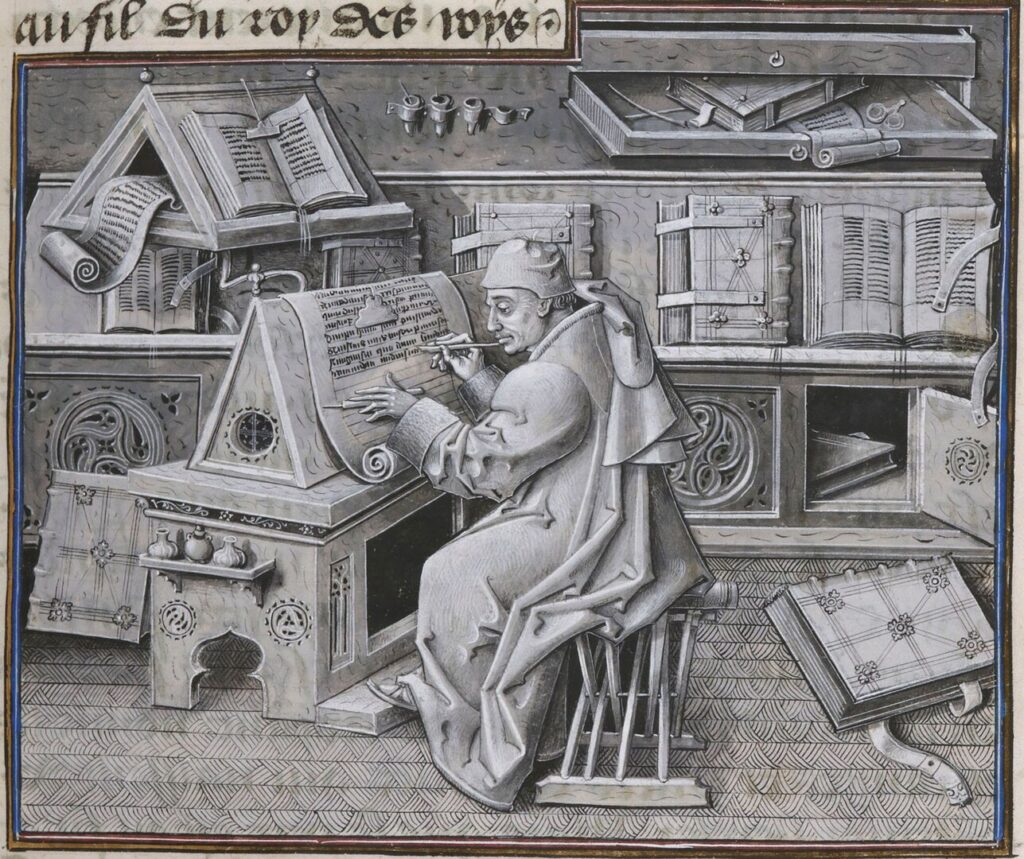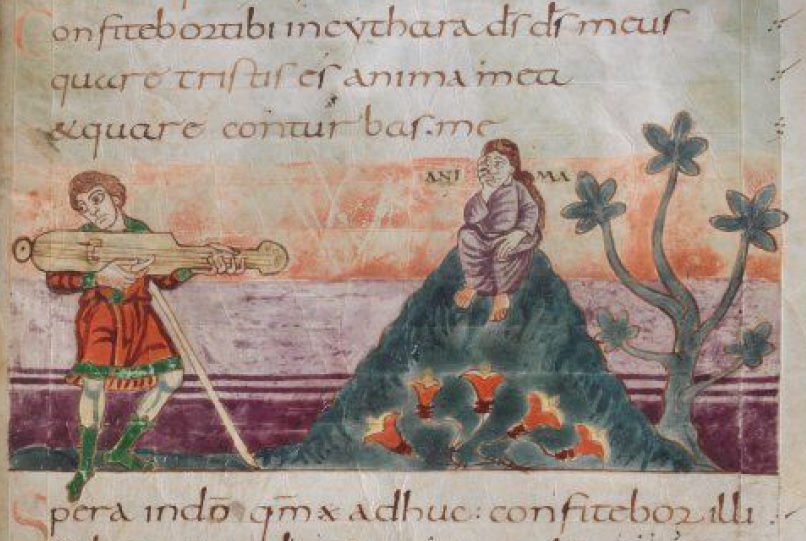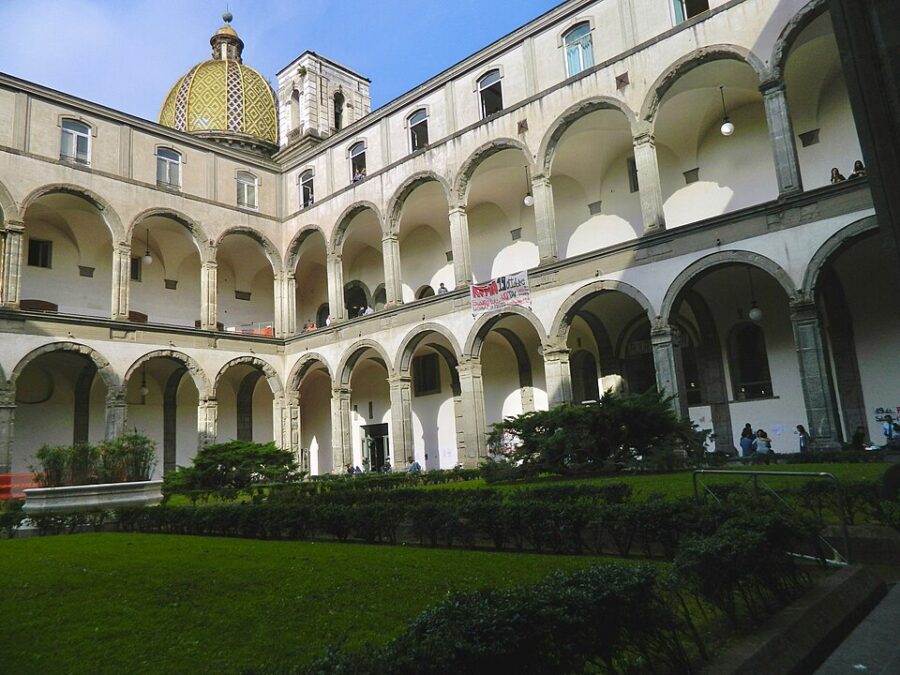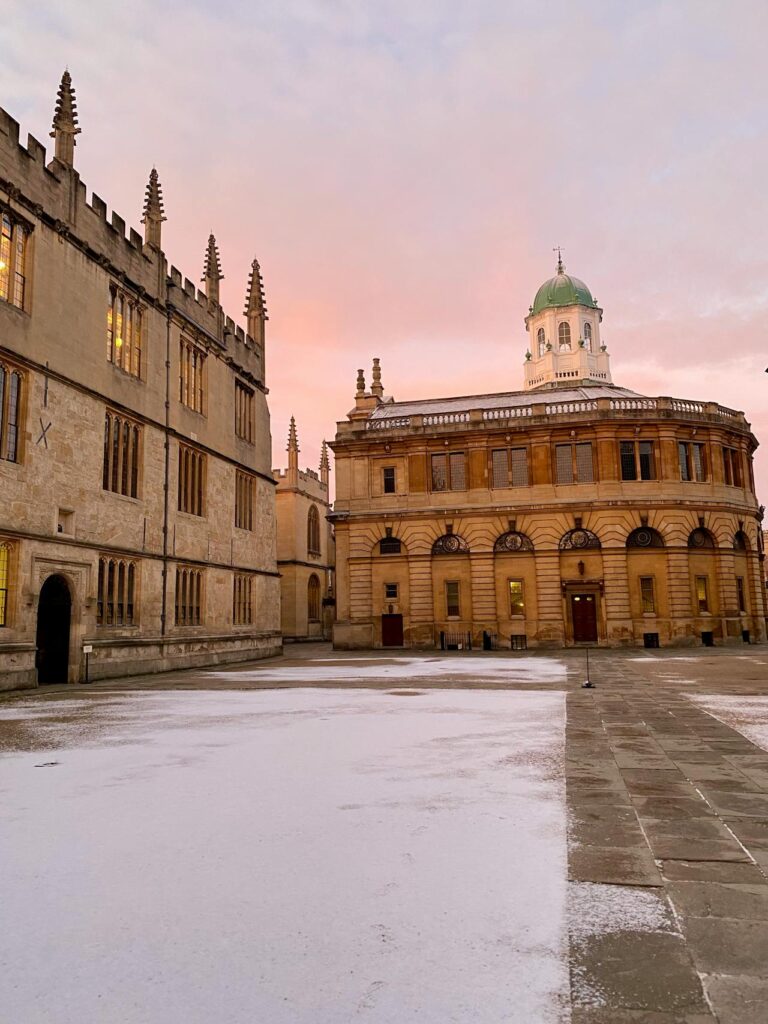 Scriptorium and Manuscript Production
Scriptorium and Manuscript Production
Medieval monasteries played a critical role in the preservation and production of manuscripts. The scriptorium, a dedicated room for writing, was where monks copied and illuminated texts by hand. Monasteries produced religious texts, such as Bibles and liturgical books, as well as classical works on philosophy, science, and literature. This labor-intensive process involved writing on parchment or vellum, using quills and inks, and adding intricate decorations and illuminations.
Preservation of Classical Knowledge
Monastic scribes were instrumental in preserving classical knowledge during the Middle Ages. By copying texts from Greek, Roman, and early Christian authors, monasteries ensured the survival of important works that might have otherwise been lost. These preserved texts formed the foundation of medieval scholarship and contributed to the intellectual revival of the Renaissance.
Impact on Education and Learning
Monasteries also contributed to education and learning by establishing libraries that housed their manuscript collections. These libraries became centers of study and scholarship, attracting students and scholars. The manuscripts produced and preserved by monasteries were used for teaching and research, fostering the development of medieval education and intellectual life.
Conclusion
Medieval monasteries were pivotal in the preservation of manuscripts and the transmission of knowledge. Their efforts in manuscript production and preservation helped to maintain and expand the intellectual heritage of the medieval world, influencing the development of European scholarship and learning.
 Revival of Classical Learning
Revival of Classical Learning Formation and Structure
Formation and Structure Foundations of Scientific Inquiry
Foundations of Scientific Inquiry